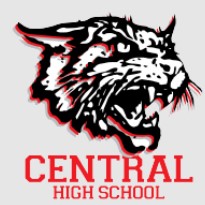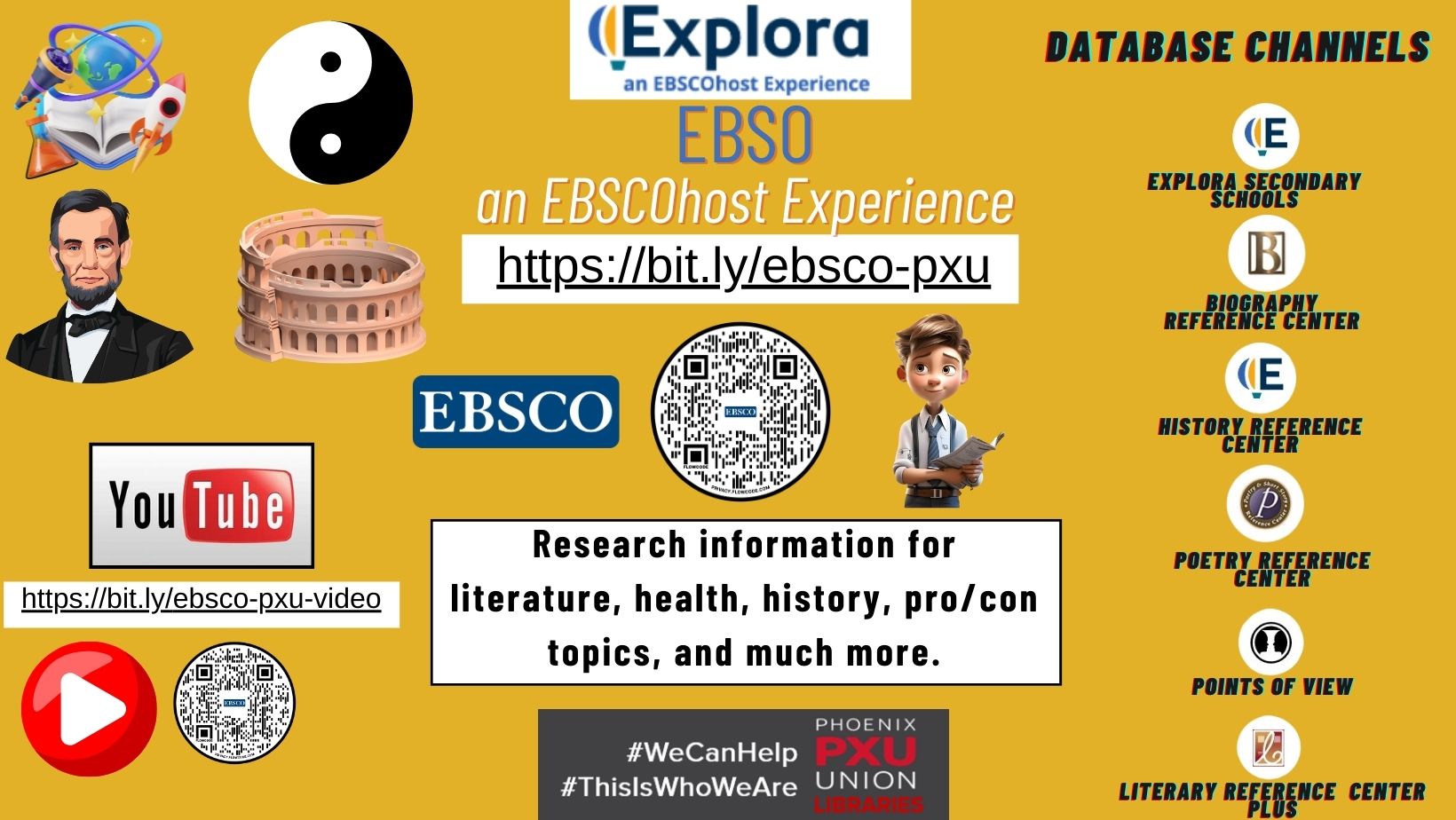Research for Science and Health
This website was designed for Science teachers/ students to be used for classroom research. Teachers please note I also included state standards to be used in lesson plans.

Database / Link | DESCRIPTION |
GALE Interactive Science comes to life as you zoom, rotate, and explore interactive 3D models. View related reference articles and search Gale content to find more information. Dive deep into complex topics in biology, chemistry, human anatomy, and earth/space science. View a tutorial video @ Gale Interactive Science Youtube |

Teaching Standards
Physical Science P1: All matter in the Universe is made of very small particles. P2: Objects can affect other objects at a distance. P3: Changing the movement of an object requires a net force to be acting on it. P4: The total amount of energy in a closed system is always the same but can be transferred from one energy store to another during an event. Earth and Space Science E1: The composition of the Earth and its atmosphere and the natural and human processes occurring within them shape the Earth’s surface and its climate. E2: The Earth and our solar system are a very small part of one of many galaxies within the Universe. Life Science L1: Organisms are organized on a cellular basis and have a finite life span. L2: Organisms require a supply of energy and materials for which they often depend on, or compete with, other organisms. L3: Genetic information is passed down from one generation of organisms to another. L4: The unity and diversity of organisms, living and extinct, is the result of evolution.
*Taken from Arizona 2018 Science Standards Modified 10/19/19
Teaching Standards
U1: Scientists explain phenomena using evidence obtained from observations and or scientific investigations. Evidence may lead to developing models or theories to make sense of phenomena. As new evidence is discovered, models and theories can be revised. U2: The knowledge produced by science is used in engineering and technologies to solve problems and/or create products. U3: Applications of science often have both positive and negative ethical, social, economic, and/or political implications.
*Taken from Arizona 2018 Science Standards Modified 10/19/19
Database / Link | Description |
Gale in Context Environmental Studies focusses on the interdisciplinary study of sustainability and the environment, empowering students and researchers to critically analyze and understand important topics that affect people around the world. View a promotional video @ Gale in Context Environmental Science Youtube. |
Teaching Standards
HS.L2U3.18 Obtain, evaluate, and communicate about the positive and negative ethical, social, economic, and political implications of human activity on the biodiversity of an ecosystem.
HS.L2U1.19 Develop and use models that show how changes in the transfer of matter and energy within an ecosystem and interactions between species may affect organisms and their environment.
Database / Link | Description |
EBSCO's Science Reference Center provides full text for hundreds of science magazines, journals, reference books and high-quality videos. |

Teaching Standards
Physical Science P1: All matter in the Universe is made of very small particles. P2: Objects can affect other objects at a distance. P3: Changing the movement of an object requires a net force to be acting on it. P4: The total amount of energy in a closed system is always the same but can be transferred from one energy store to another during an event. Earth and Space Science E1: The composition of the Earth and its atmosphere and the natural and human processes occurring within them shape the Earth’s surface and its climate. E2: The Earth and our solar system are a very small part of one of many galaxies within the Universe. Life Science L1: Organisms are organized on a cellular basis and have a finite life span. L2: Organisms require a supply of energy and materials for which they often depend on, or compete with, other organisms. L3: Genetic information is passed down from one generation of organisms to another. L4: The unity and diversity of organisms, living and extinct, is the result of evolution.
*Taken from Arizona 2018 Science Standards Modified 10/19/19
Database / Link | Description |
Teen Health & Wellness is filled with information about teen issues including relationships, nutrition, green living, physical and mental health, links to hotlines. View a tutorial video @ Teen Health and Wellness Youtube |

Teaching Standards
1. Understand relationship between health behaviors and health 2.Understand multiple dimensions of health 3.Understand Personal Health 4.Understanding prevention of injuries & health problems 5.Understanding use of Health Care 6.Understanding healthy vs unhealthy behaviors. 1.External influences on Personal Health 2.Internal influences on Personal Health 3.Influences of Public Policy on Health 1.Communication to advance health 2.Self-protection and dealing with conflict 3.Asking for help 1.Assessment of health 2.Health-related goal setting 1.Personal Advocacy 2.Collective Advocacy 3.Tailoring Advocacy message to audience
*Taken from Arizona Health Standards 2010.
Database / Link | Description |
Infobase provides High School Plus Video Collection and Career & Technical Education Video Collection with award-winning digital reference content to schools and libraries. Search by topics, grade level and standards for streaming video. View a tutorial video @ Infobase Shorts |

General Resources
Database / Link | Description |
Gale Issues in Context High School offers cross-curricular content aligned to national and state curricular standards and reinforces the development of skills, such as critical thinking, problem solving, communication, collaboration, creativity and innovation. View a tutorial video @ Gale Issues in Context High School Shorts |
Database / Link | Description |
Britannica School has three reading levels for research information plus links to reviewed websites. Features an atlas and timeline, plus you can make your own timeline. View a tutorial video @Britannica School Youtube |
